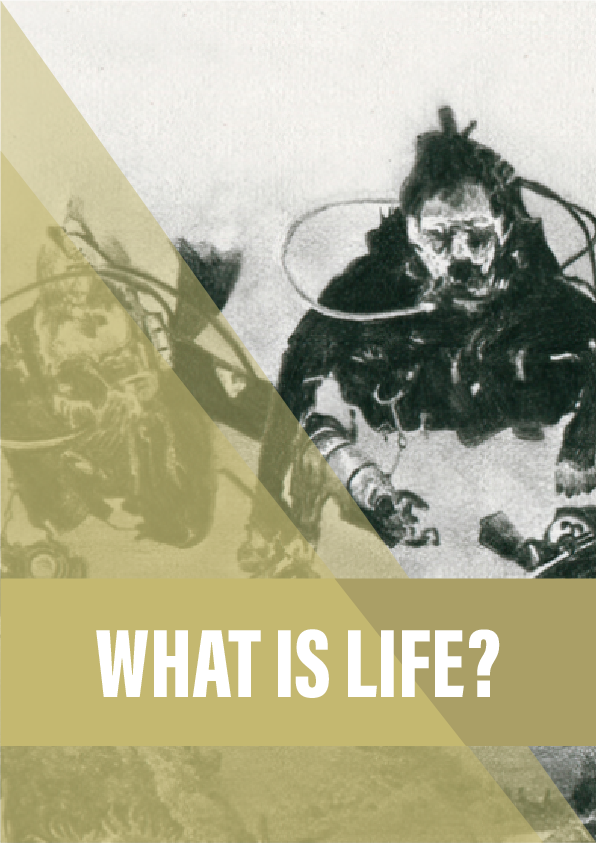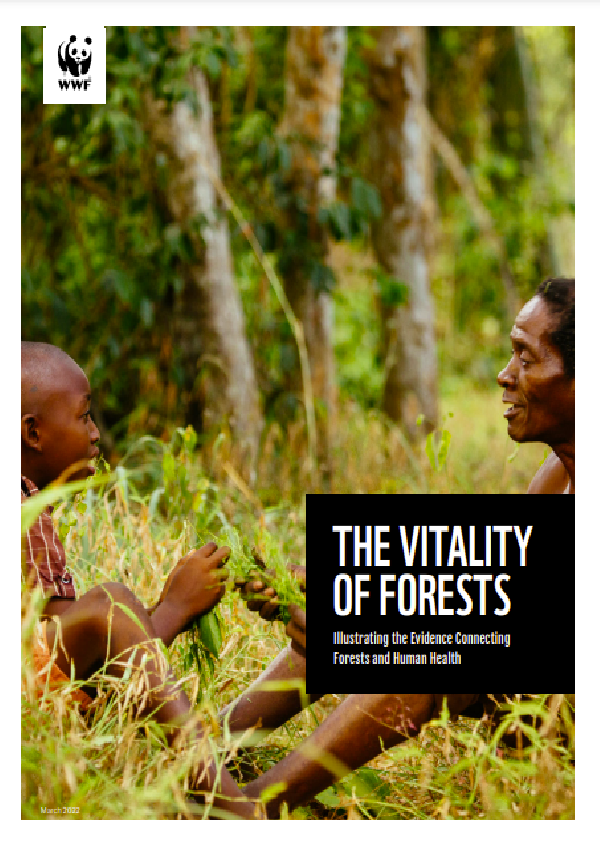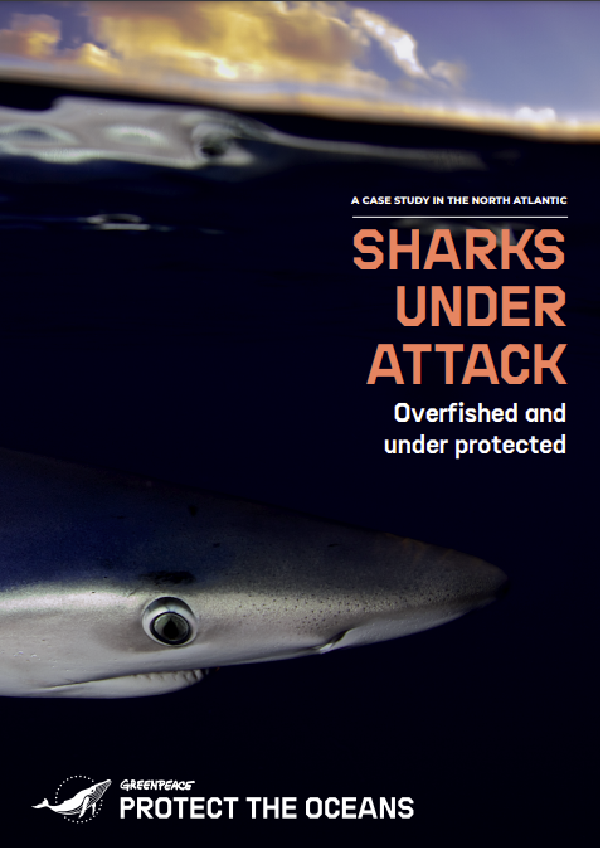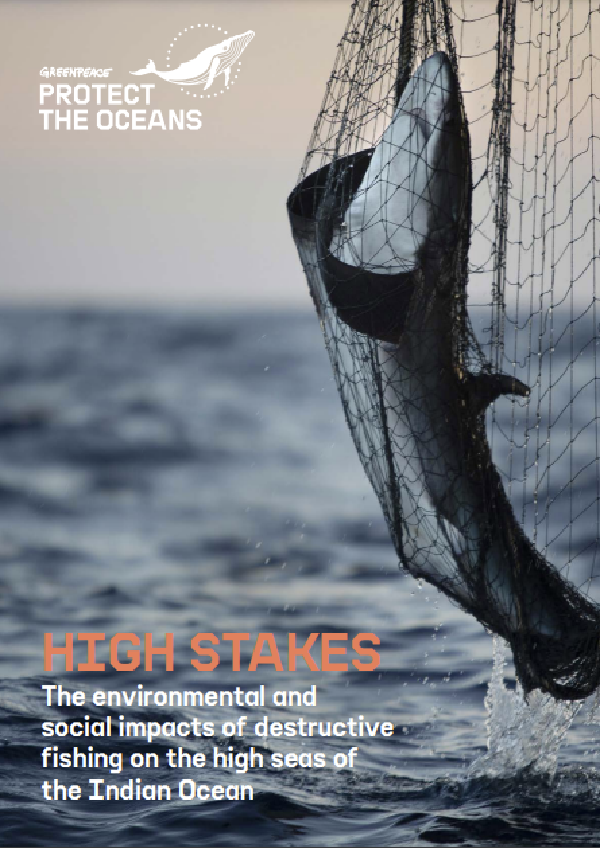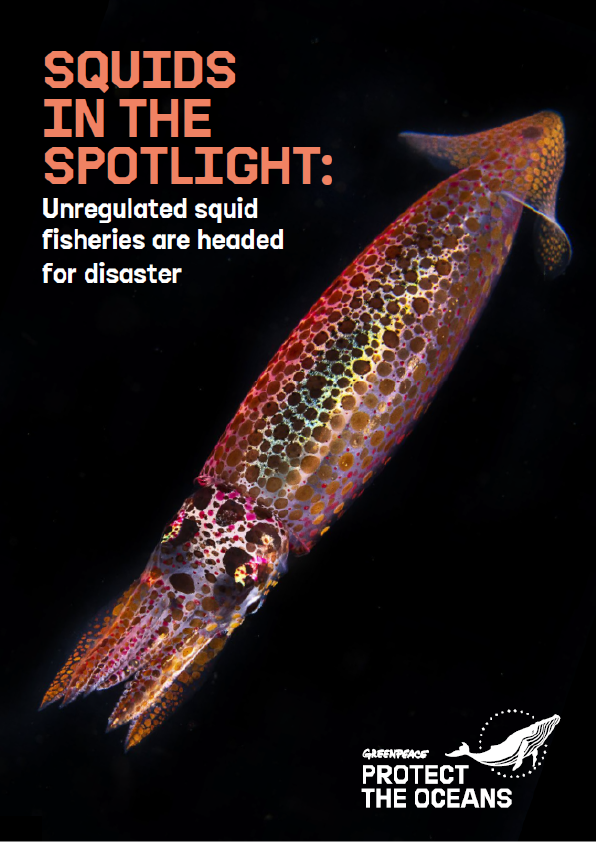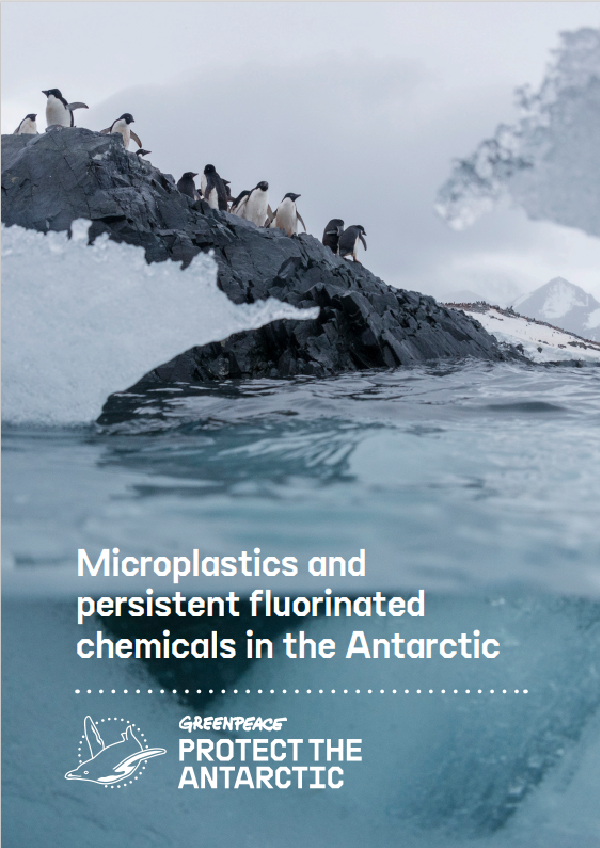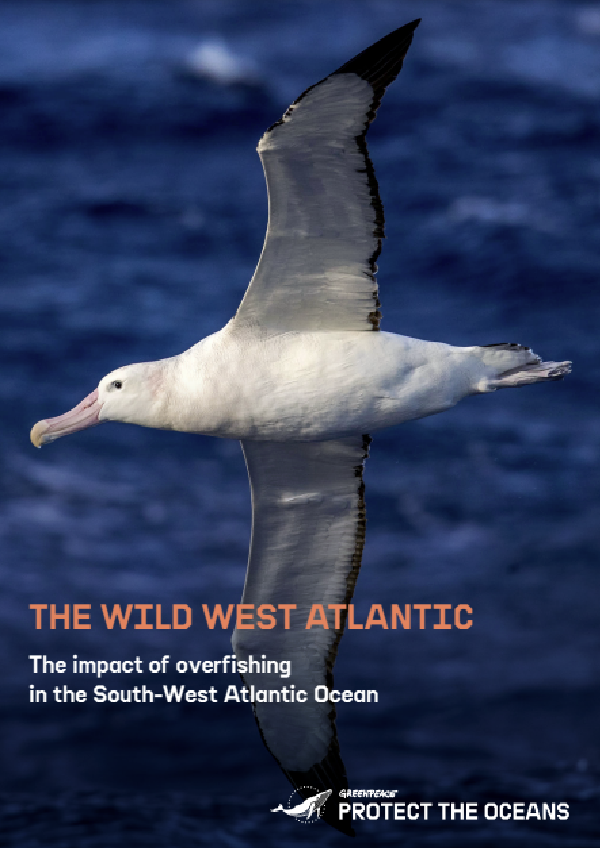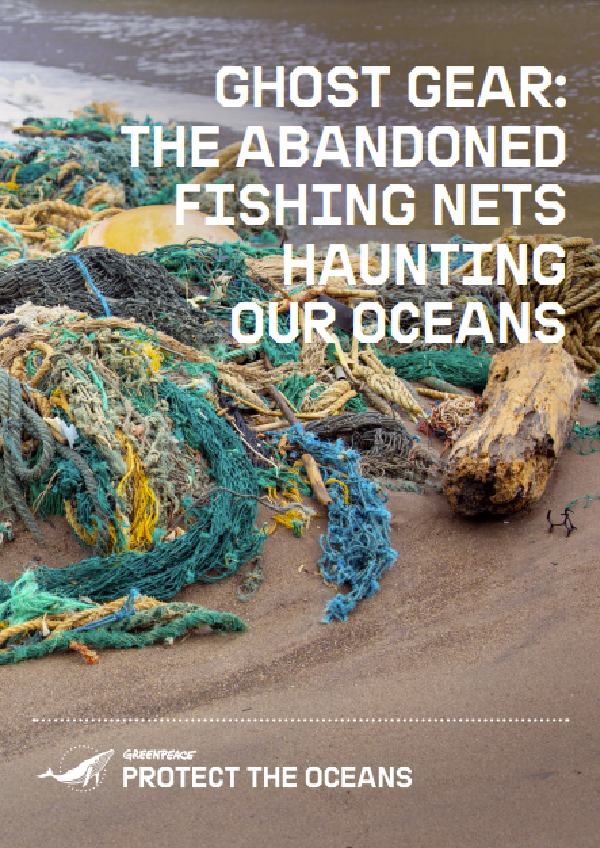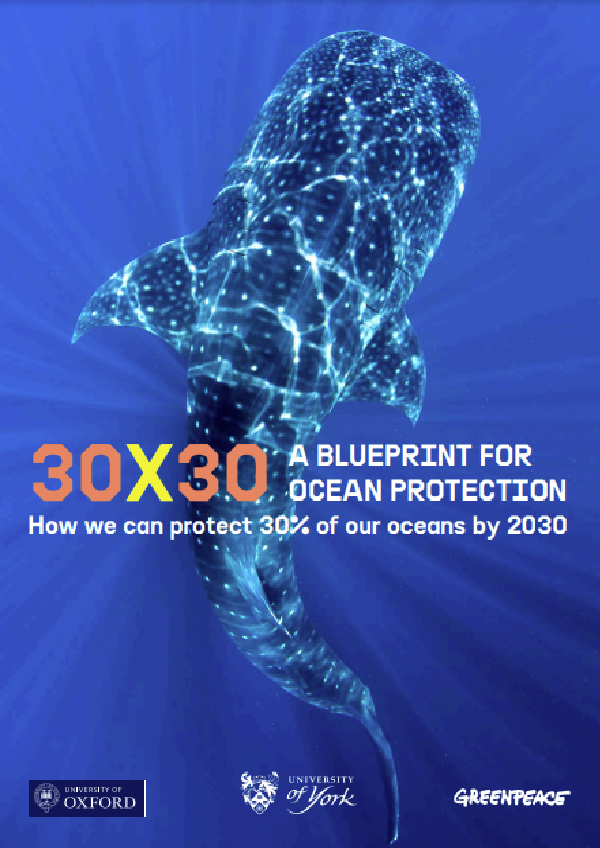If we met new life – on this planet or the next – would we know it when we saw it? Matthew Francis investigates.
“Why would NASA want to study a lake in Canada?”
Three different border guards asked me variations on that question, and while they ultimately let me pass, it was obvious they didn’t understand. Why is NASA interested in a lake in Canada? And what business is it of mine?
As exotic environments go, Pavilion Lake in British Columbia is rather ordinary. Certainly it’s remote – the closest major city is Vancouver, a long drive away over the mountains. The closest towns are light dustings of houses over the dry slopes, and the road winds for dozens of kilometres of empty desert country between them. The lake itself lies along a paved highway, and from the road it doesn’t look different to any other modestly sized mountain lake in western North America.
But below the surface, the bottom of Pavilion Lake is dotted with something resembling coral reefs: domes and cones and weird shapes much like artichokes. These are not corals, though, which are colonies of tiny animals: they are rock formations called microbialites, made by and coated in cyanobacteria. Sometimes misleadingly referred to as ‘blue-green algae’, these bacteria probably even made the rocks they live on, absorbing nutrients from the water and leaving stone behind. Like plants, they live on sunlight, and they thrive in shallow waters down the steep underwater slope to the point where sunlight fades to gloom.
They are the reason for NASA’s interest, and my visit. The people I’ve come here to see have even bigger things in mind. They want to know what the rare formations in Pavilion Lake might tell us about the origins of life on Earth, life on other worlds and, indeed, what life is, exactly.
Reference:
- Jay T. Goodwin et al., Alternative Chemistries of Life: Empirical Approaches, a NASA/NSF workshop report, 2014.
- Stephen Jay Gould, Wonderful Life (W.W. Norton, 1989).
- The Pavilion Lake Research Project.
- Thanks to Darlene Lim, Donnie Reid, camp chef Shane Smitna (who let me join the research crew for meals), Tyler Mackey, Frances Rivera-Hernandez, Allyson Brady, Dale Anderson, Zena Cardman, David Lynn and John Chaput. (Apologies to Dale and Zena: if I write a sequel, I promise to fit your material in.)
- Special thanks and appreciation to the Ts’kw’aylaxw First Nation, on whose land Pavilion Lake sits.
